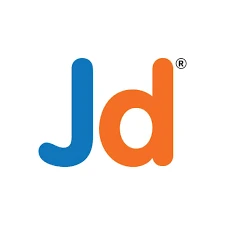|| Diploma in Accounting And Taxation Certification Course
The Diploma in Accounting and Taxation Training course offers a thorough and well-roundededucation, focusing on both theoretical knowledge and practical skills essential for a career in financial management and taxation with strong placement opportunities. The curriculum is designed to provide students with a solid foundation in key areas of accounting and tax laws, while also equipping them with the proficiency to use industry-standard software tools effectively. One of the core components of the course is the comprehensive training in Microsoft Office and Advanced Excel. These tools are indispensable for financial data management and analysis, enabling students to handle complex financial tasks with ease and accuracy. Advanced Excel training covers a wide range of functions, from basic data entry to sophisticated financial modeling and data visualization techniques, ensuring that students can leverage these tools to enhance productivity and make informed financial decisions.
Through practical instruction in Tally Prime with GST integration, the Diploma in Accounting and Taxation (DAT) program prepares students to handle financial transactions and keep accurate records using industry-standard accounting software. By guaranteeing competence in Goods and Services Tax compliance, the GST module equips students for practical tax management duties. The course also covers the basics of income tax, such as tax legislation, filing returns, and strategic tax planning. The course is perfect for students who want to work in accounting, taxation, or financial advisory services with top companies offering placement assistance and career growth opportunities.
The Diploma in Accounting and Taxation course incorporates thorough instruction in SAP FICO, a widely used ERP program for financial administration and reporting, to bolster the technical curriculum. Employers in a variety of industries highly value the ability to handle intricate financial transactions, optimize corporate procedures, and produce precise financial statements, all of which this subject equips students with.
The course also provides spoken English instruction to improve students' written and spoken communication abilities. Effective financial data presentation, client contacts, and success in corporate settings all depend on strong communication. This combination of technical and soft skills makes graduates highly employable and placement-ready for leading finance and accounting roles.
Overall, the Diploma in Accounting and Taxation course offers a comprehensive education that combines technical proficiency with essential soft skills. Graduates of this program are job-ready and well-prepared for placement in top accounting firms, corporates, and financial institutions, equipped with the knowledge and expertise to navigate the complexities of the financial landscape. This diploma not only enhances employability but also opens up opportunities for career advancement and high-paying roles in diverse sectors, ensuring a bright and successful future for its graduates.
Please contact the nearest BIT training institute or send an email to inquiry@bitbaroda.com with any additional questions you may have regarding our Health Care Analytics training course. We offer a free demo by calling us at +91-9328994901. We offer top-notch Diploma in Accounting And Taxation Course classes in Vadodara-Sayajigunj, Vadodara - Waghodia Road, Vadodara - Manjalpur, Ahmedabad, Anand, and Nadiad.



 4.8 (21,636) reviews
4.8 (21,636) reviews


 Read more
Read more 
